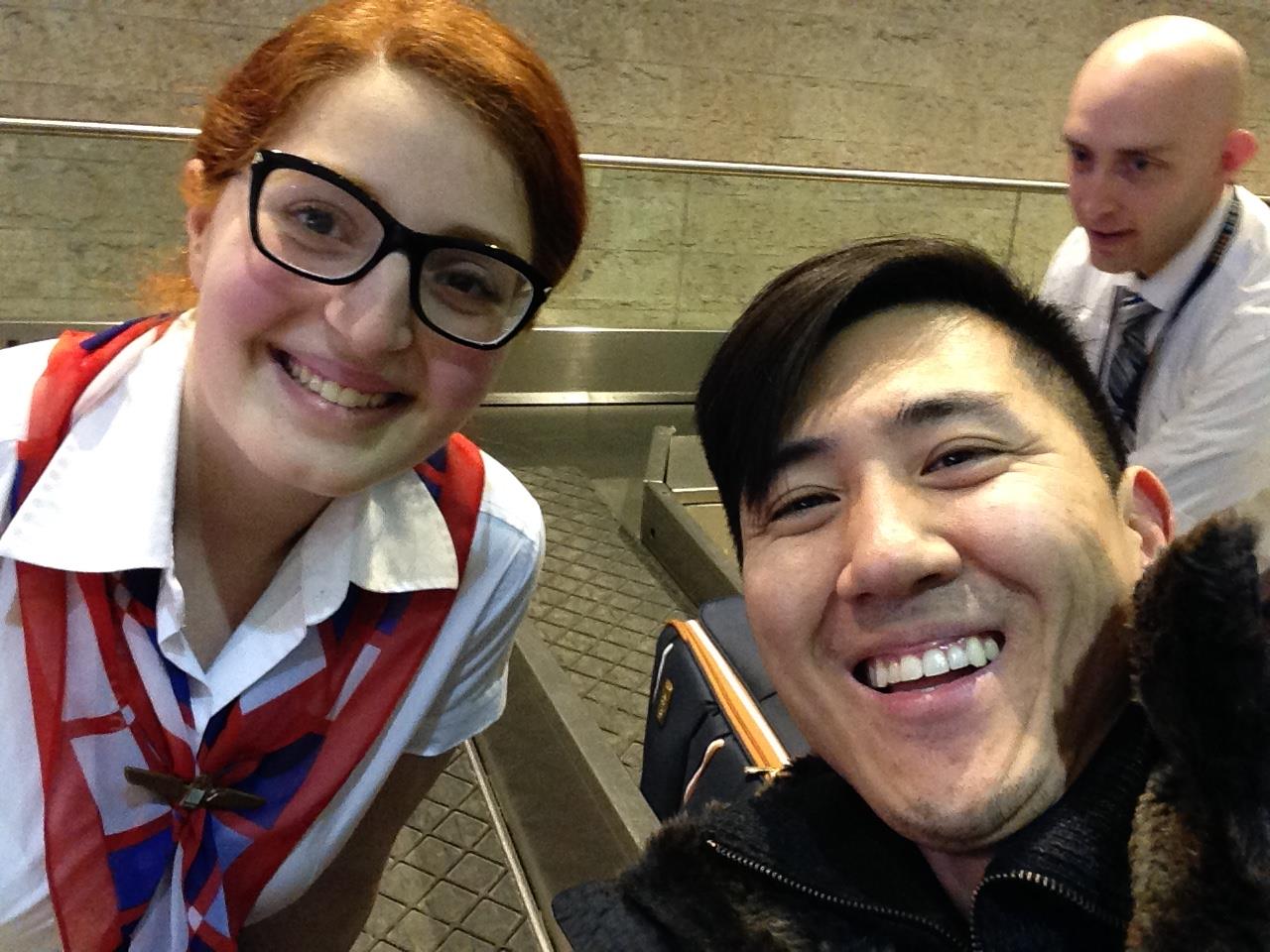We play “designer,”
when we act to fulfill an emotional need.
Wish to fulfill your need for communication with those far away?
Play “designer” to design a mail system.
We play “judge,”
when we blame someone.
Wish to label someone at fault?
Play “judge” to peruse the evidence & make a decision.
We may play them well or poorly,
but once we become aware of these roles,
they are available for our choosing
from moment to moment,
even if they’re not on our business cards.
The question is “What role do we want to play?”
Whatever our answer,
it’ll profoundly affect our sense of identity.
The sense of who we are,
from where our thoughts & behaviors
will naturally flow,
at least temporarily.

